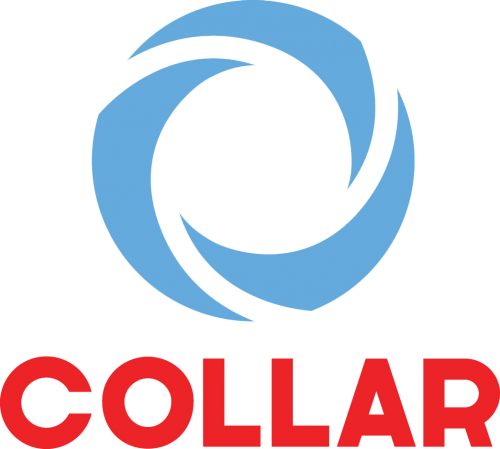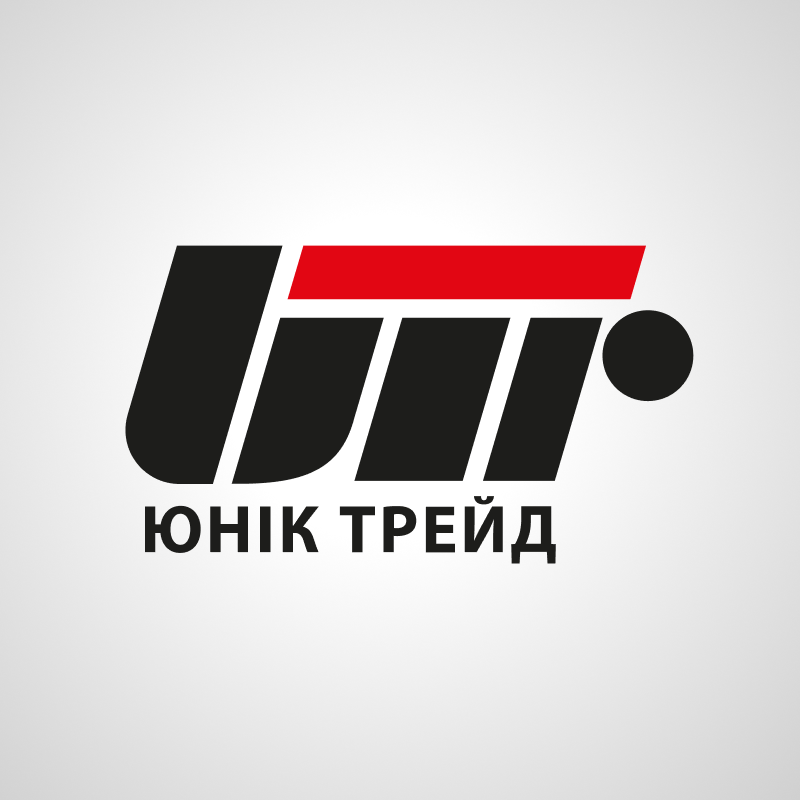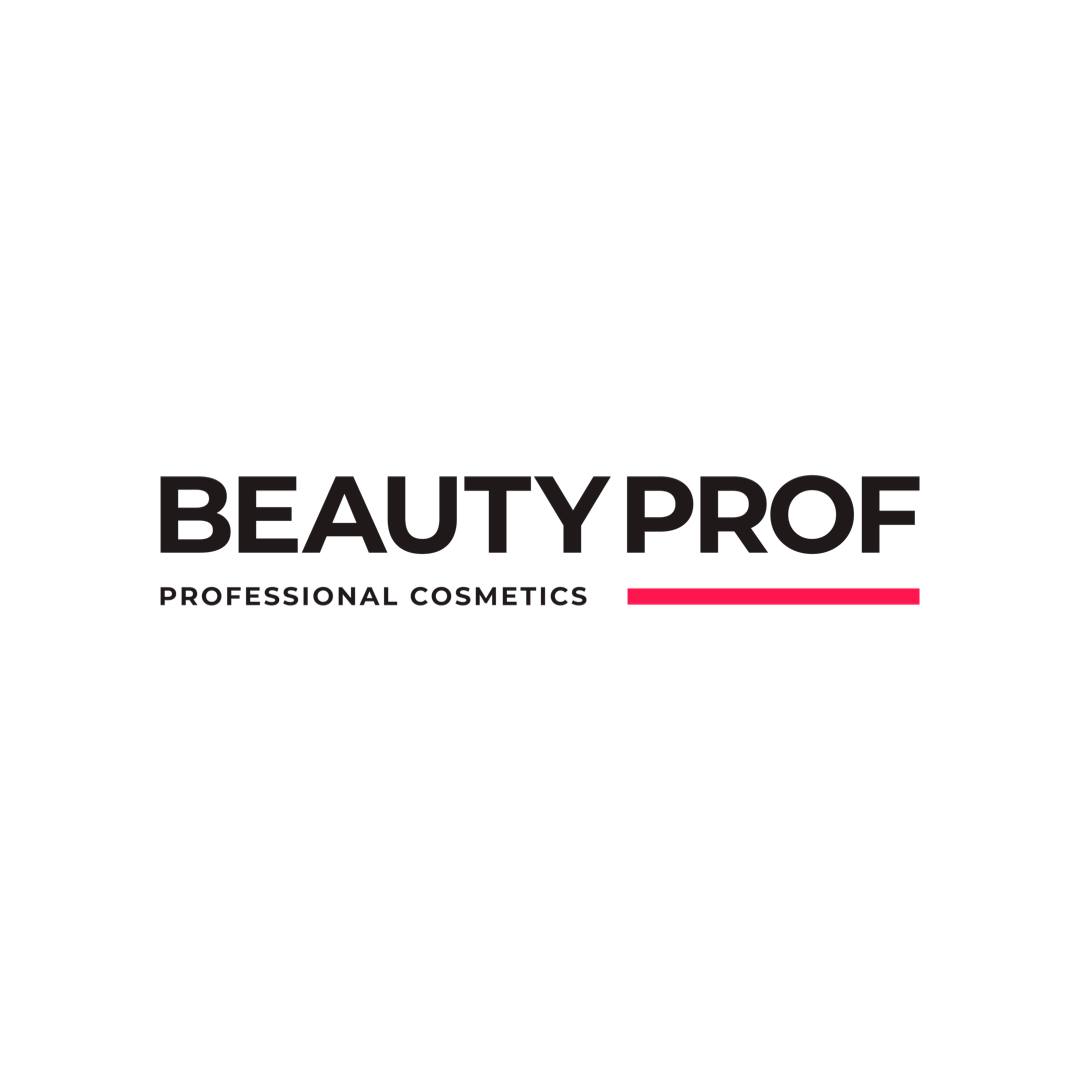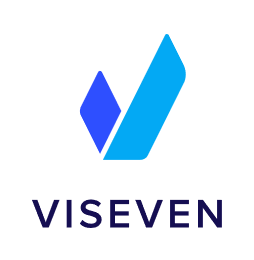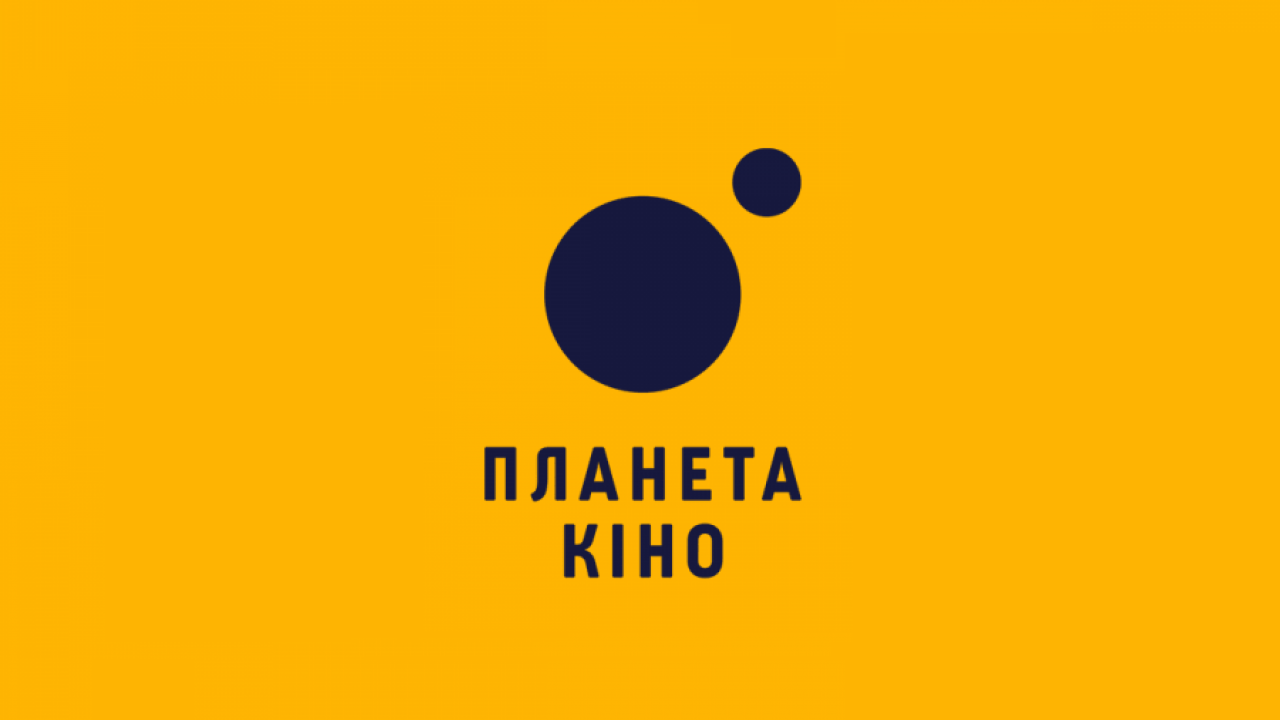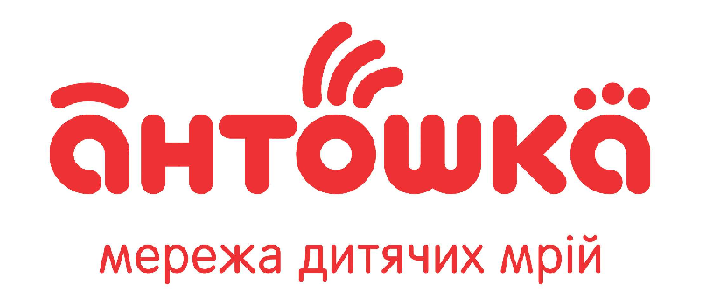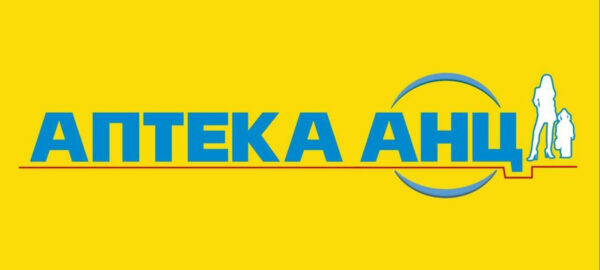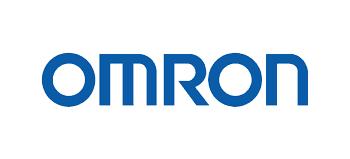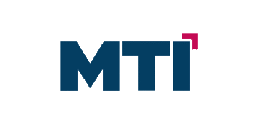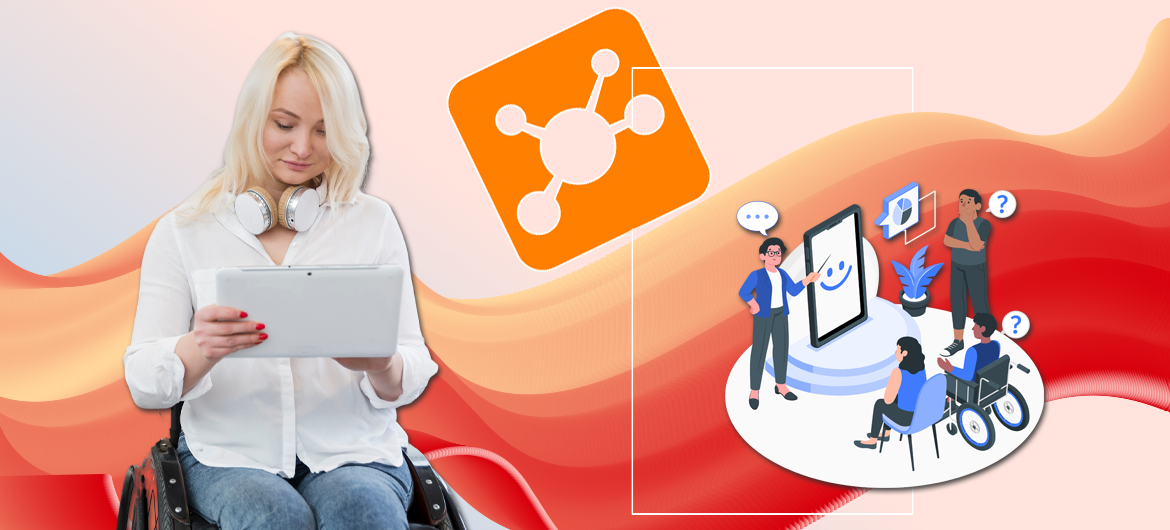
Learning without barriers: a case of inclusion implementation
Imagine a world where every employee, regardless of their characteristics, has equal opportunities for development and growth. A world where diversity is not just tolerated, but actively valued and supported. This is not utopia – it is a reality that progressive companies are creating today.
Inclusion has long ceased to be an abstract concept. We have moved beyond the question of “why?”. Let’s now talk about the “how?”
As representatives of the corporate e-learning sector, we decided to create a case study that demonstrates the practical steps of implementing inclusion in the learning process.
In it, we will look at the experience of an imaginary Vsi Razom Market company that decided to make its corporate learning truly inclusive. We will trace the entire path of the company: from strategy development, planning to the direct implementation of inclusive practices in the learning process.
Company description
Vsi Razom Market is a Ukrainian supermarket chain specializing in the sale of food and household goods. The company has grown rapidly and now has more than 200 stores in different regions of Ukraine, employing more than 5,000 people.
Reasons why the company decided to implement inclusive learning:
- Social responsibility. Creating equal opportunities for all employees through the development of an inclusive work environment.
- Adapting to new realities. The war changed the life circumstances of many employees, creating a need for more flexible and individualized approaches to learning.
- Support for diversity. Vsi Razom Market strives to create an environment where every employee can realize their potential.
- Attracting new talents. The company wants to attract talented professionals among military veterans and people with disabilities.
Developing a strategy and goals
Vsi Razom Market began its journey to create an inclusive environment by carefully developing a strategy and setting clear goals. The company’s strategy was based on the understanding that inclusion is not just a separate initiative, but an important part of all business processes. The goals the company has set for itself:
– Ensure equal access to learning and career development for all groups of employees.
– Adapt learning materials for people with different types of disabilities.
– Raise awareness of diversity and inclusion issues among all staff.
– Integrate the principles of inclusion and equality into the company’s corporate values.
To achieve these goals, Vsi Razom Market chose an LMS (learning management system) as a key tool for implementing inclusive learning. The choice was made due to its flexibility and wide opportunities for creating a personalized learning experience.
Vsi Razom Market realized that the path to inclusion is a long process that requires constant improvement and adaptation. Therefore, the strategy also provided for regular monitoring of progress, feedback collection and flexibility in the approach to achieving the goals.
Planning and preparing for the implementation of inclusion in learning
Creating an inclusive learning environment requires careful planning and a systematic approach. The company’s team drew up a detailed implementation plan that covered several stages: from a thorough analysis of the existing learning platform to direct employee engagement.
1. Audit of the existing LMS.
The team carefully examined the online learning platform. They conducted a thorough evaluation of the LMS interface, focusing on its intuitiveness and usability. The analysis also included an assessment of the LMS’s ability to deliver content in alternative formats. This included checking the features for adding subtitles to videos, audio to textual materials, and the system’s ability to adapt visual content for users with different needs.
2. Evaluation of learning materials.
The company’s learning and development experts conducted a comprehensive audit of all existing courses and learning materials for accessibility for different user groups. Special attention was paid to identifying the needs for their adaptation. For video courses, the need to add subtitles and audio descriptions was assessed, for textual materials – the need to create audio versions, etc.
3. Employee survey.
Vsi Razom Market conducted an anonymous survey among all employees to get direct feedback on their experience with the system and knowledge of inclusion. The survey was designed to cover all aspects of the learning process and identify potential barriers. This included identifying specific difficulties faced by employees with disabilities.
In addition, the survey contained open-ended questions where employees could provide their suggestions on how to improve the accessibility of learning resources.
4. Consultations with experts.
To ensure inclusivity standards, the company has engaged external experts in inclusive learning.
5. Testing with target groups.
Vsi Razom Market organized a series of practical sessions where employees with different characteristics had the opportunity to test the LMS and learning materials in real conditions.
6. Developing an adaptation plan.
Based on the analysis and data collected, the project team developed a detailed plan for adapting the LMS and learning materials. The plan was divided into short-term and long-term goals. The short-term goals focused on quick changes that could be implemented immediately, such as adding subtitles to videos or improving the contrast in the LMS interface. Longer-term goals included larger-scale projects such as a complete overhaul of the learning platform and the creation of new responsive courses.
Implementation of inclusion
To implement the strategy of introducing an inclusive environment, the company focused on two key areas: raising awareness of inclusion among employees and adapting learning materials. Each of these areas included a number of specific steps.
Improving employee awareness
Step 1: Create an inclusive dictionary.
Vsi Razom Market has developed and added an inclusive dictionary to the learning portal. It contains not only definitions, but also examples of how to use the terms to help employees better understand the nuances of communication. For example, it is recommended to use “person with a disability” instead of “disabled”, emphasizing that disability is only one of the characteristics of a person, not their defining feature.

An example of an inclusive dictionary on the LMS Collaborator learning portal
Step 2: Debunking myths and stereotypes.
The company has prepared a series of short presentations aimed at debunking common myths about people with disabilities. Each presentation was developed in collaboration with experts and people with disabilities to ensure that the information was accurate and up-to-date. For example, one of the myths claimed that people with autism cannot be empathetic. The presentation revealed the complexity of the autism spectrum and showed how people with autism can express empathy in their own way. These materials were placed in the Knowledge Base of the learning portal, providing easy access for all employees at any time.
Step 3: Create a sign language course.
Realizing the importance of various forms of communication, the company developed an online course on the basics of Ukrainian sign language. This not only raised awareness of the needs of people with hearing impairments, but also provided employees with practical communication skills. The course became so popular that some employees started using sign language to communicate even in everyday situations, creating a more inclusive atmosphere in the office.

An example of resources on inclusion on the LMS Collaborator learning portal
Step 4: Conduct diversity and inclusion training.
The company organized a series of trainings aimed at deepening the understanding of diversity and inclusion principles. They included role-playing games, simulations, and discussions to help participants experience the challenges faced by people with disabilities. For example, during one of the tasks, participants had to perform ordinary office tasks while blindfolded, which helped them better understand the experience of people with visual impairments.
Step 5: Arranging regular inclusive events.
Vsi Razom Market started a tradition of holding monthly webinars on diversity and inclusion. These webinars became a place to share experiences, where employees could share their stories and invited experts provided valuable advice. The topics ranged from practical aspects of creating an inclusive work environment to discussing the psychological aspects of interacting in a diverse team. Especially popular were the “Ask Me Anything” sessions, where employees with disabilities answered questions from colleagues, breaking down barriers and creating an atmosphere of openness.
Ensuring the inclusivity of materials
Step 1: Adaptation of learning materials.
The company adapted all existing learning materials. Subtitles were added to videos, and audio versions were created for textual materials. Also, all materials were analyzed for readability and reformatted using clear, easy-to-read fonts and color schemes adapted for people with dyslexia and other special needs.
Step 2: Engaging experts and collecting feedback.
Vsi Razom Market understands that creating an inclusive work environment is a constant process of learning and improvement. The company regularly consults with inclusion experts, inviting them to audit learning materials and processes. In addition, the company regularly collects anonymous feedback from employees to assess the effectiveness of the implemented measures and identify areas for improvement.

An example of a survey to collect feedback on the LMS Collaborator learning portal
Step 3: Implementation of social learning.
Recognizing the importance of interaction and sharing experiences, the company created inclusive online communities where employees could share their stories, ask questions, and receive support. Separate forums were created on the learning portal to discuss various aspects of inclusion. A mentoring program was also introduced, where more experienced employees, including those with disabilities, became mentors for newcomers. This not only contributed to a more personalized approach to learning, but also helped create an atmosphere of mutual support and understanding.
Conclusion
Inclusion in corporate learning is not about a trend, but a necessary condition for creating a truly innovative, adaptive and successful business in the modern world. We hope that this imaginary case study will inspire companies seeking to make their learning programs more inclusive.
It is important to emphasize that each company is unique, with its own characteristics and challenges. Therefore, the approach to implementing inclusion should be carefully adapted, taking into account the specifics of a particular business, its corporate culture and individual needs of employees.
While there is no one-size-fits-all solution, this case study demonstrates key principles and strategies that can be creatively applied to your context, building your own path to creating an inclusive environment.


